Sir Terence Conran and the search for hapiness
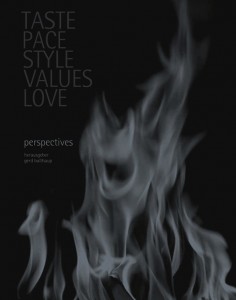 Fire and water are the age-old symbols for the house, that safe haven from the hardships of the world that offers food, warmth, and regeneration. The “perspectives” section in our blog strives to provide you with inspiring ideas for your immediate personal environment, in the words of a select group of internationally renowned professionals –architects, designers, and other people interested in the aesthetic aspects of everyday life– who convey their visions and their different conceptions of the notion of quality.
Fire and water are the age-old symbols for the house, that safe haven from the hardships of the world that offers food, warmth, and regeneration. The “perspectives” section in our blog strives to provide you with inspiring ideas for your immediate personal environment, in the words of a select group of internationally renowned professionals –architects, designers, and other people interested in the aesthetic aspects of everyday life– who convey their visions and their different conceptions of the notion of quality.
The initial idea for the “perspectives” section stemmed from none other than the book of the same title, published by Gerd Bulthaup in 2004. If we have now chosen to post a series of essays that first appeared a decade ago–in addition to more recent contributions–it is because they continue to be so utterly relevant today. And this is hardly a coincidence: at bulthaup, timelessness is a key value. The underlying questions and the answers that emerged in the book, some more specific and others more open-ended, are here to stay.
We hope you enjoy reading it.
SIR TERENCE CONRAN AND THE SEARCH FOR HAPPINESS
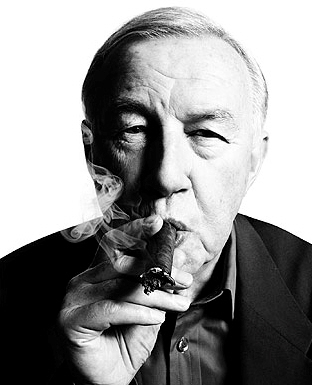
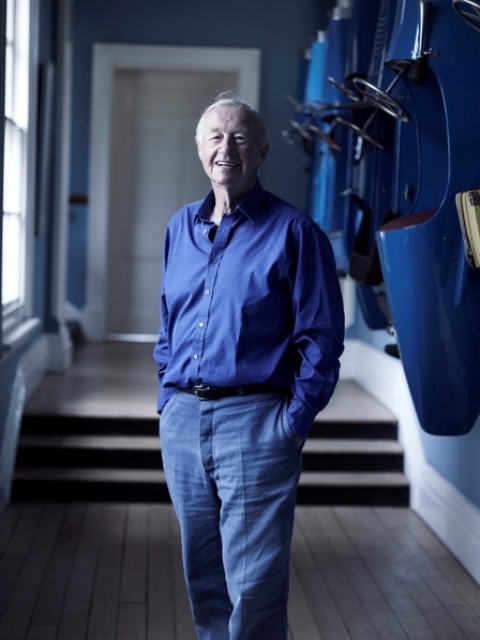
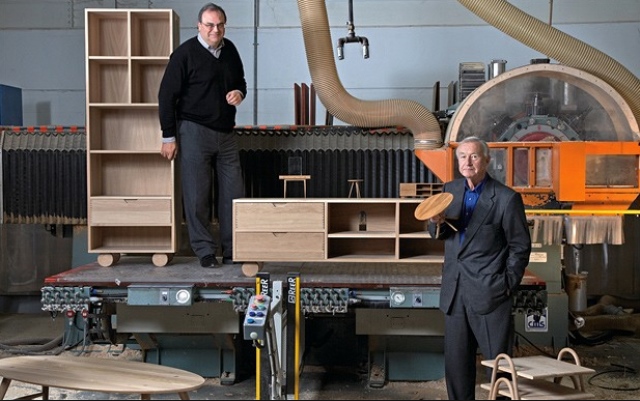
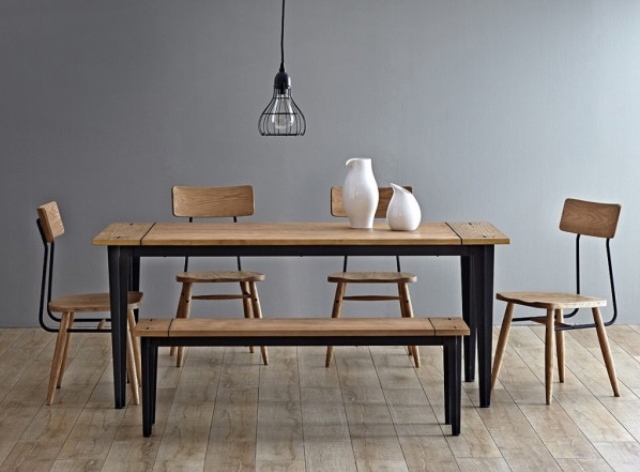
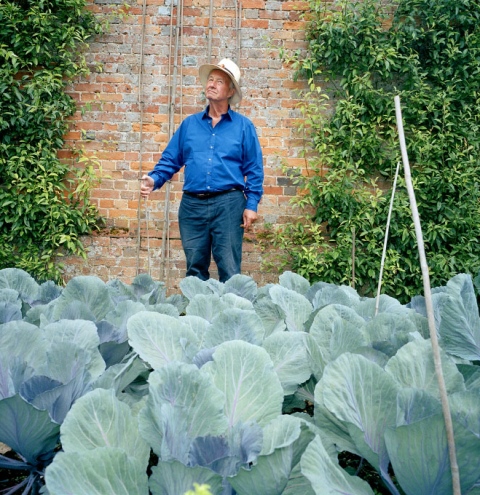
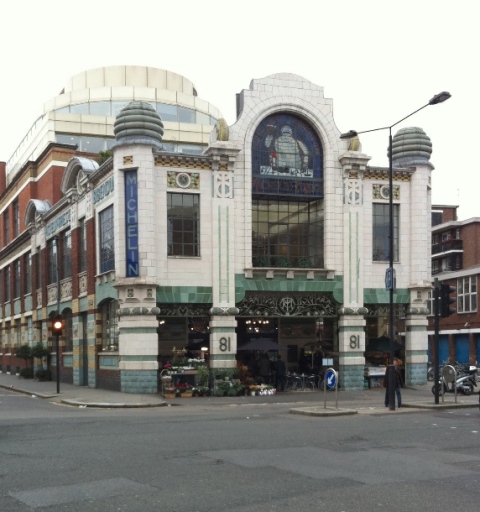
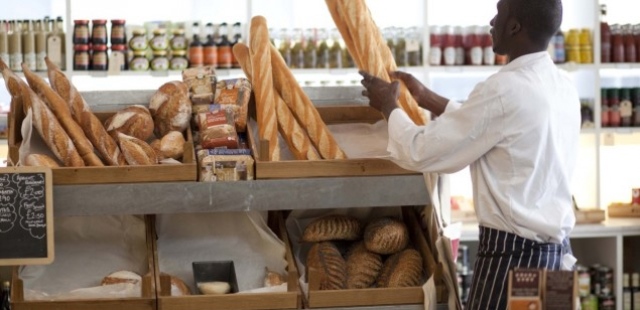
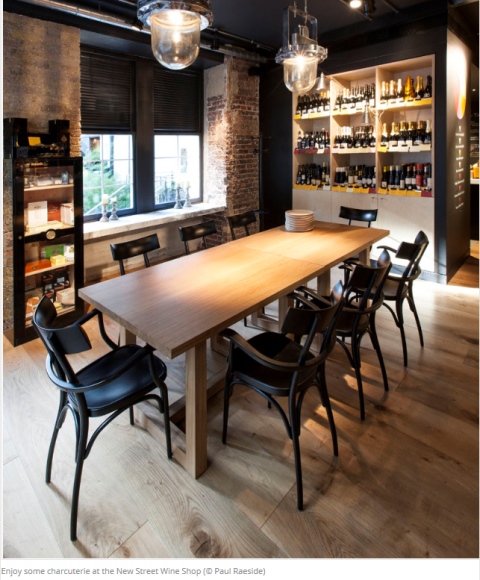
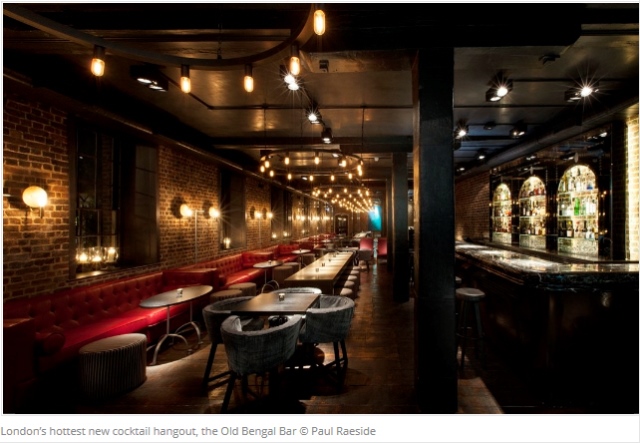
Sir Terence Conran needs no introduction. Since he founded his first furniture company in 1952, he has never ceased to engage us with his both incisive and sensible approach.
When he wrote the following text for “perspectives”, Conran was 72 years old. Since then, he has continued to release books, open shops, restaurants and hotels, sell his designs and take an active role in the product selection for The Conran Shop.
Age pares us down to our essence. We gradually shed all that is superfluous, revealing who we really are–and the author’s unaffected sincerity in the following text certainly attests to this fact.
TASTE
TERENCE CONRAN
HAPPINESS
A prominent connoisseur arrives at a true insight into life: The simplest of things can give us the most pleasure. In the best of cases, they even change people’s lives.
Taste is a difficult matter. I would never want to go into somebody’s home and find it entirely furnished by Conran or Habitat. I want to see people’s character through what they have chosen. I want to put things in front of people to help them make choices or give them practical information. But at the end of the day, they need to trust their taste.
The most important thing is to balance your style of life to what you can afford. Many people aim too high and then start to worry about whether they can achieve what they aspire to. If you enjoy cooking, all you need is a gas-cooker and a wooden table full of friends. I think most people have the desire for serenity and simplicity. In my latest book, the Ultimate House Book, by far the most popular photograph shows a small house in Uruguay with a very simple roof. And people say: “Isn’t that lovely? That’s where I’d like to be.” It looks like a life without worries. This is their dream. People travel to Majorca because they hope they can find the simple life there–but it can be very expensive to live a simple life.
How much money does one need to enjoy life? I don’t think money can buy pleasure, except maybe the pleasure of not having to worry about it. But a lot of money can also make you miserable, because it brings you a lot of responsibilities. Capitalism is a very complicated thing–all the time you are encouraged to spend more and be greedy. It is a spiral. Of course, all this desire for consumerism also creates jobs.
We should really remind ourselves that often the simplest of things give us the most pleasure. One of my greatest pleasures in life is tomato salad. I like easy and relaxed food. Food should be cooked, it is a craft. I have to admit though, I am never completely satisfied. This summer, on a wonderful day, with blue skies and the temperature just right, I was sitting comfortably in my garden, all the flowers around me in perfect condition. I was reading a very good book and drinking a glass of extremely nice burgundy, smoking a good cigar, and I thought: Life can’t get much better than this. And then of course I thought about some problem I needed to resolve.
People often ask me: Why do you do all those things? I tell them: You don’t understand. How you spend your time, what you look at, and what you put in your mouth–all these things add up to what I call a “style of life”. There is not much difference between furnishing your home, or a restaurant. I am doing all of these things, because if you do it yourself, you will actually have a better chance of seeing it through, right from the beginning of the design, carried through and maintained and nurtured right to the moment the consumer experiences it.
When you design a hotel, a shop or a restaurant for someone else and they eventually take it on, quite often it does not continue in the way we had hoped it would. At the same time, you are guiding people to embrace your ideas. I am an absolute believer in the fact that people’s taste is formed by what they are offered. People don’t know what they want until it is offered to them.
It was really mostly frustration that made me start all these things. My early days as a designer were extremely difficult. I could not get any work. I wanted to create things, but all I could do was make furniture myself. Suddenly, I had built quite a big furniture business, mostly with contract clients, such as architects. Then I designed and made domestic furniture, and found out that retailers were hopeless at selling furniture. I thought, there must be a better way to do this! –so I started Habitat. I felt it was intelligent design rather than good design that could actually improve people’s lives. It gave me a kind of vague educational mission, which ended up starting The Design Museum. I have always liked to be able to show people things, give them new ideas and the opportunity to change things, maybe even change their lives.
Somebody actually asked me whether I would stand for mayor. But that would take me away from things I really enjoy doing more than anything else: to design, to decide how things should look, how they are being planned, how they are going to work.
Politicians and designers both live in professions hoping to improve people’s lives. They should really talk to each other. Obviously, as creative people we have an idea of how people can live a better sort of life, and that is what a mayor and politicians should be there for too.
I should have retired a long time ago–but I don’t think I can. It would be too boring.
SIR TERENCE CONRAN In his more than 50 years as an entrepreneur, Sir Terence Conran has realized a host of projects in a variety of areas, with the common aim of enhancing the quality of life. Conran opened his first furniture company in 1952, followed in 1956 by the establishment of his enormously influential design firm. In the 1960s he founded the retail furniture chain Habitat, which has helped to shape the living style of modern Britons. The Conran Shops, created in the 1970s for more upscale design fans, have since opened in France, the United States, and Japan. The 1980s saw the arrival of Conran Octopus, Sir Terence’s own publishing house for his very popular books on interiors and cooking. Conran opened his first restaurant in 1991, which was to be followed by more than 30 others in London, Copenhagen, New York, and Tokyo. He also earned an impressive reputation for his renovation of historic buildings and the renewal of the London Docklands, created the interiors for apartments and a club in Tokyo’s new Roppongi Hills living and shopping complex, and was featured in a major exhibition at the Design Museum in 2011.











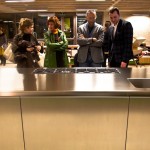

This entry has 0 Comments